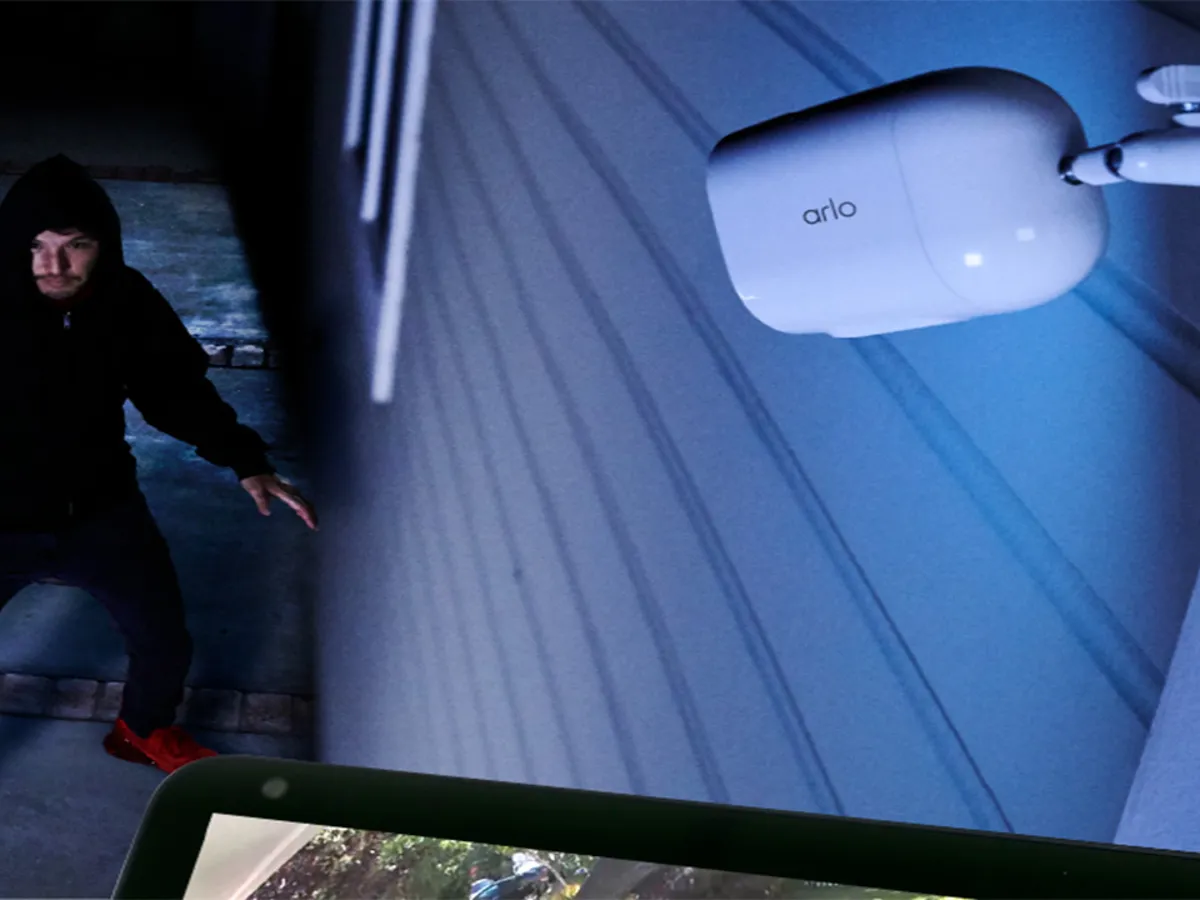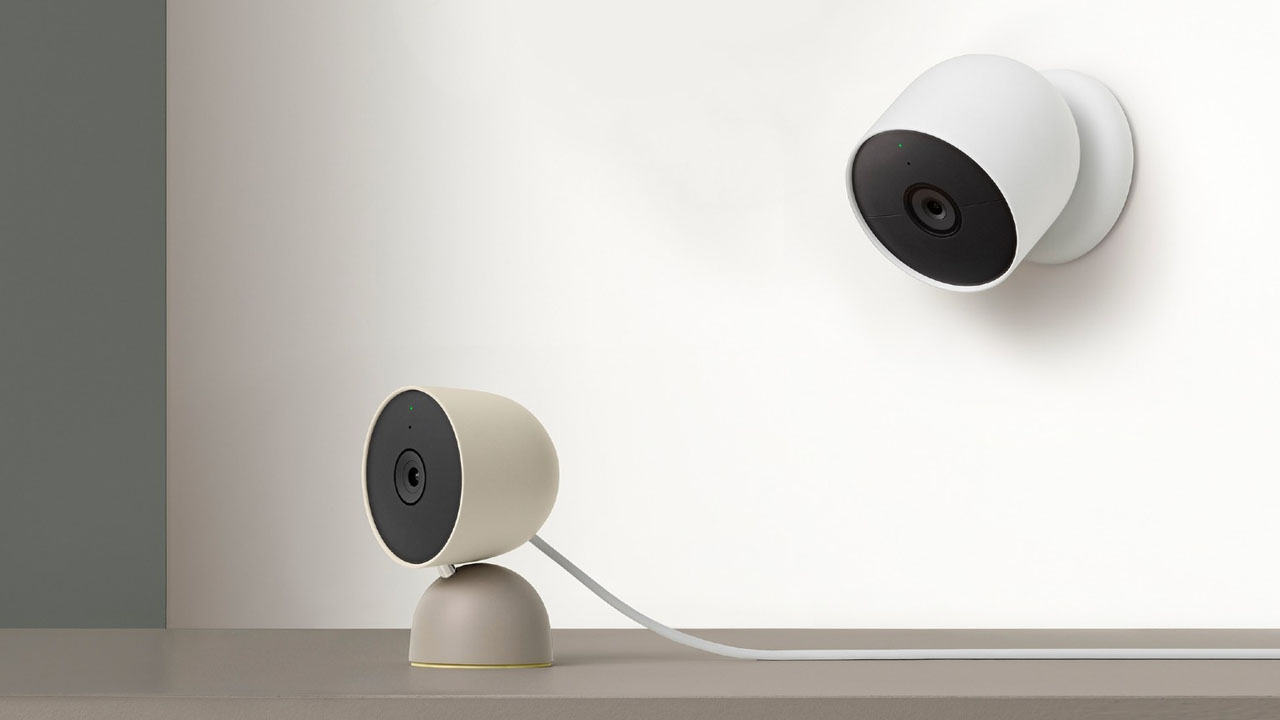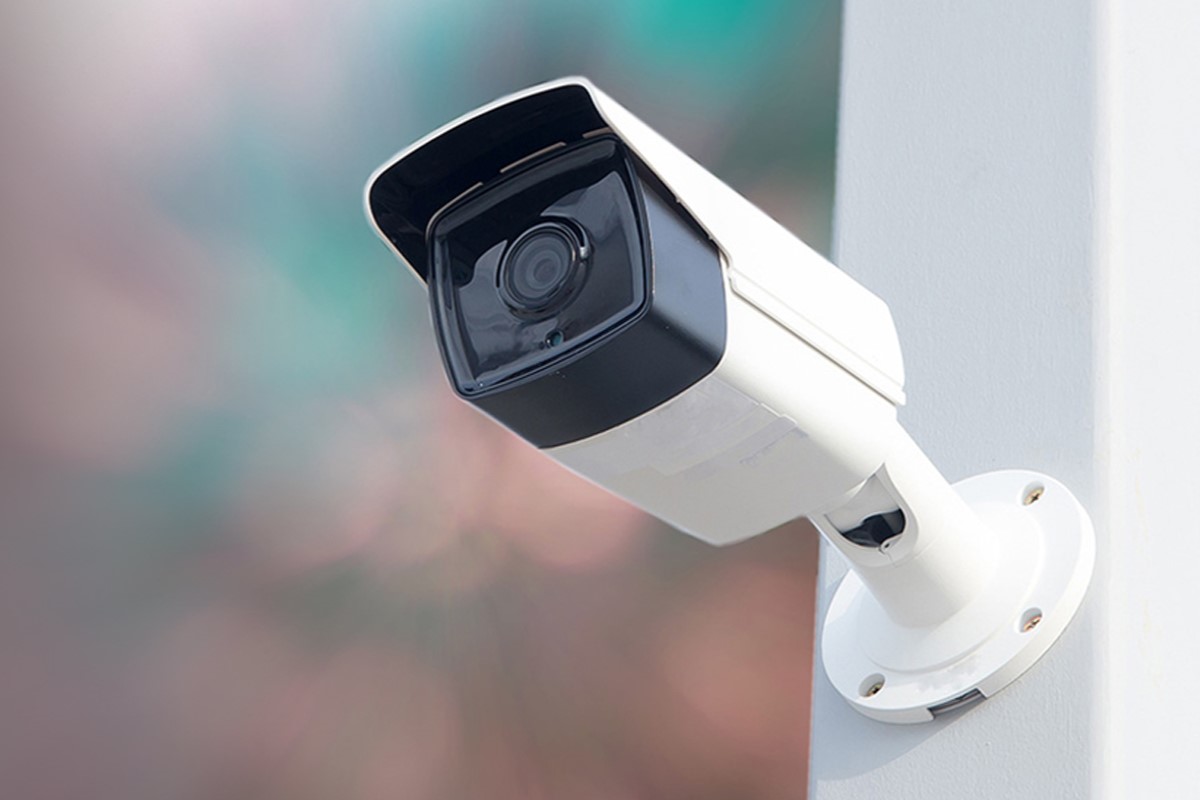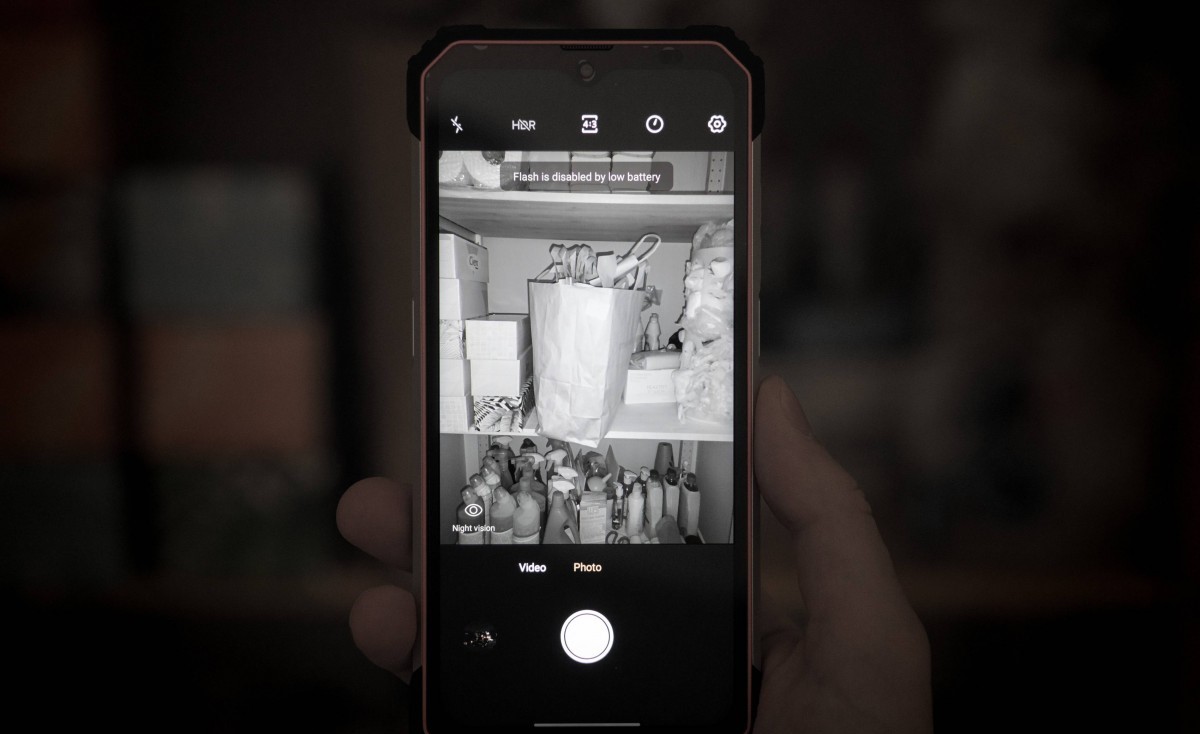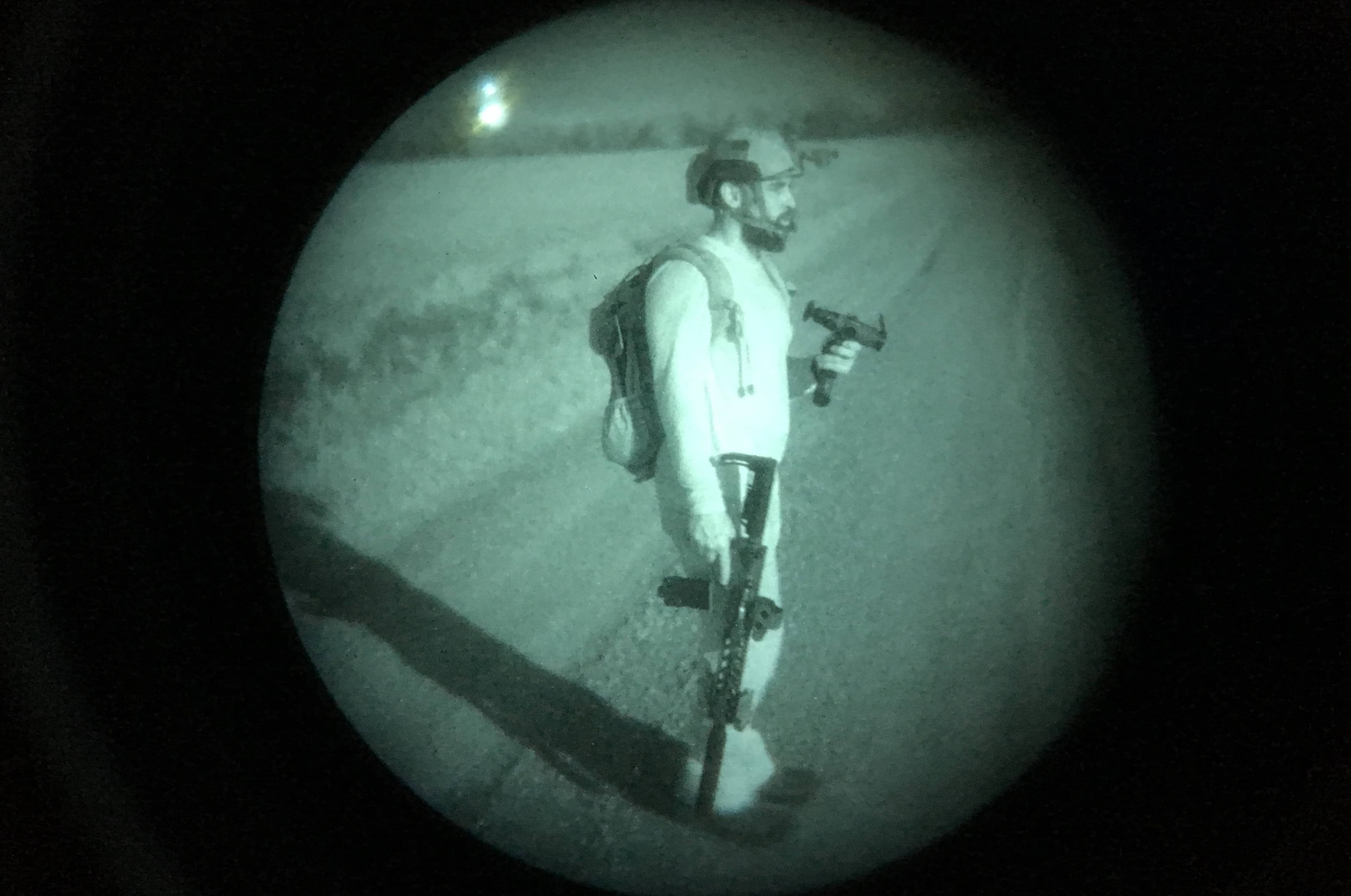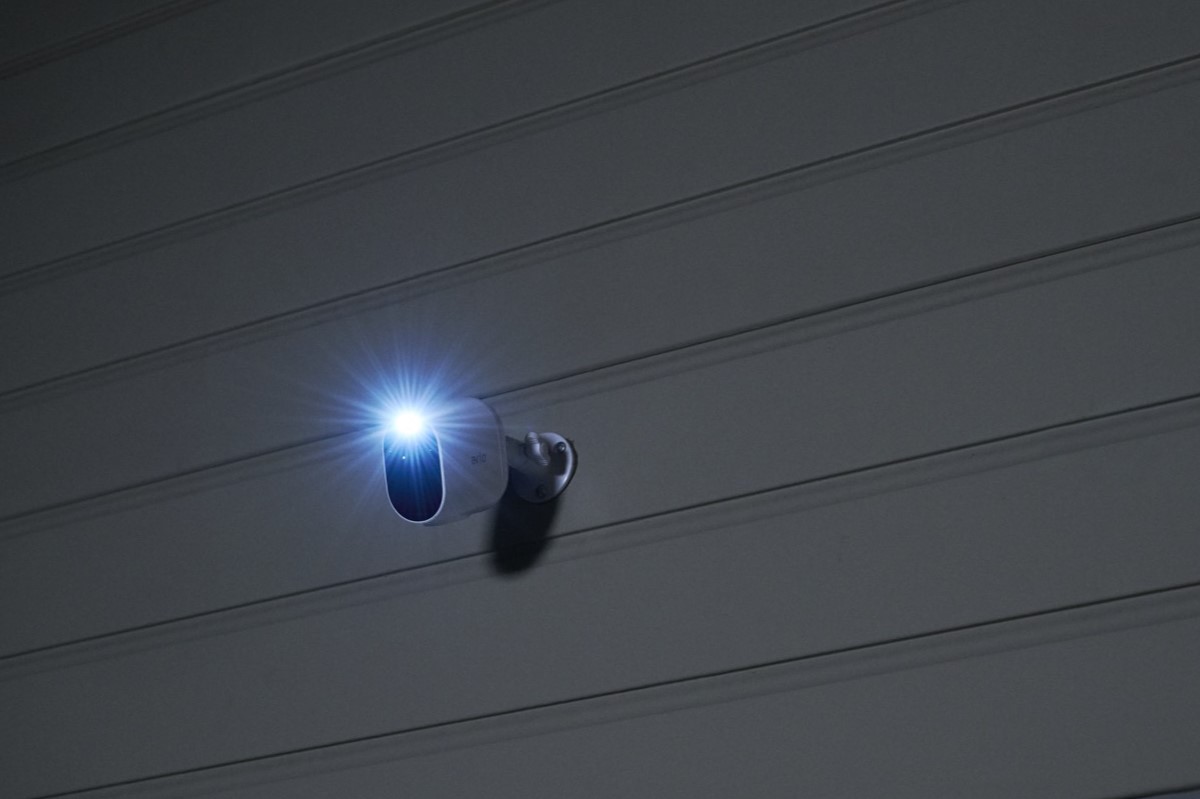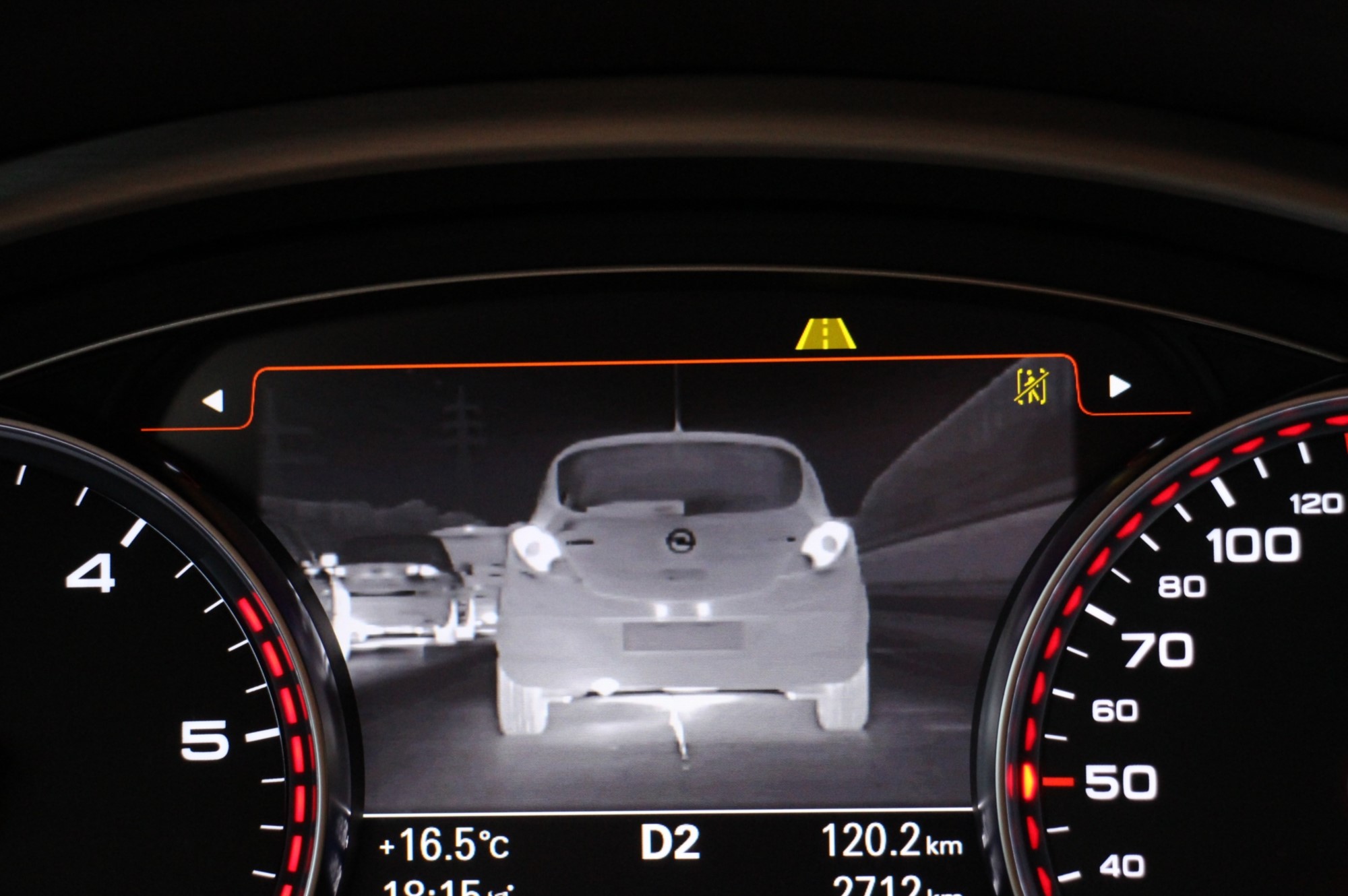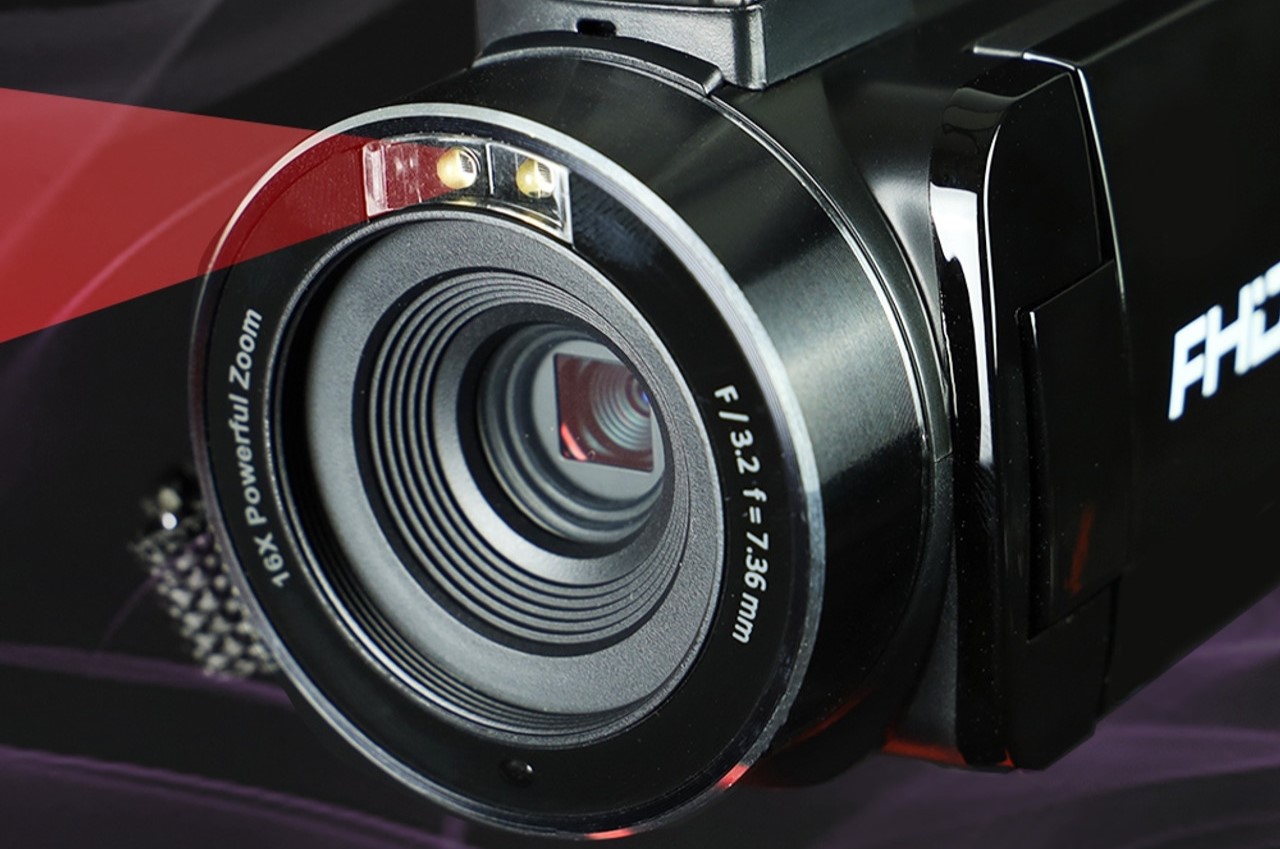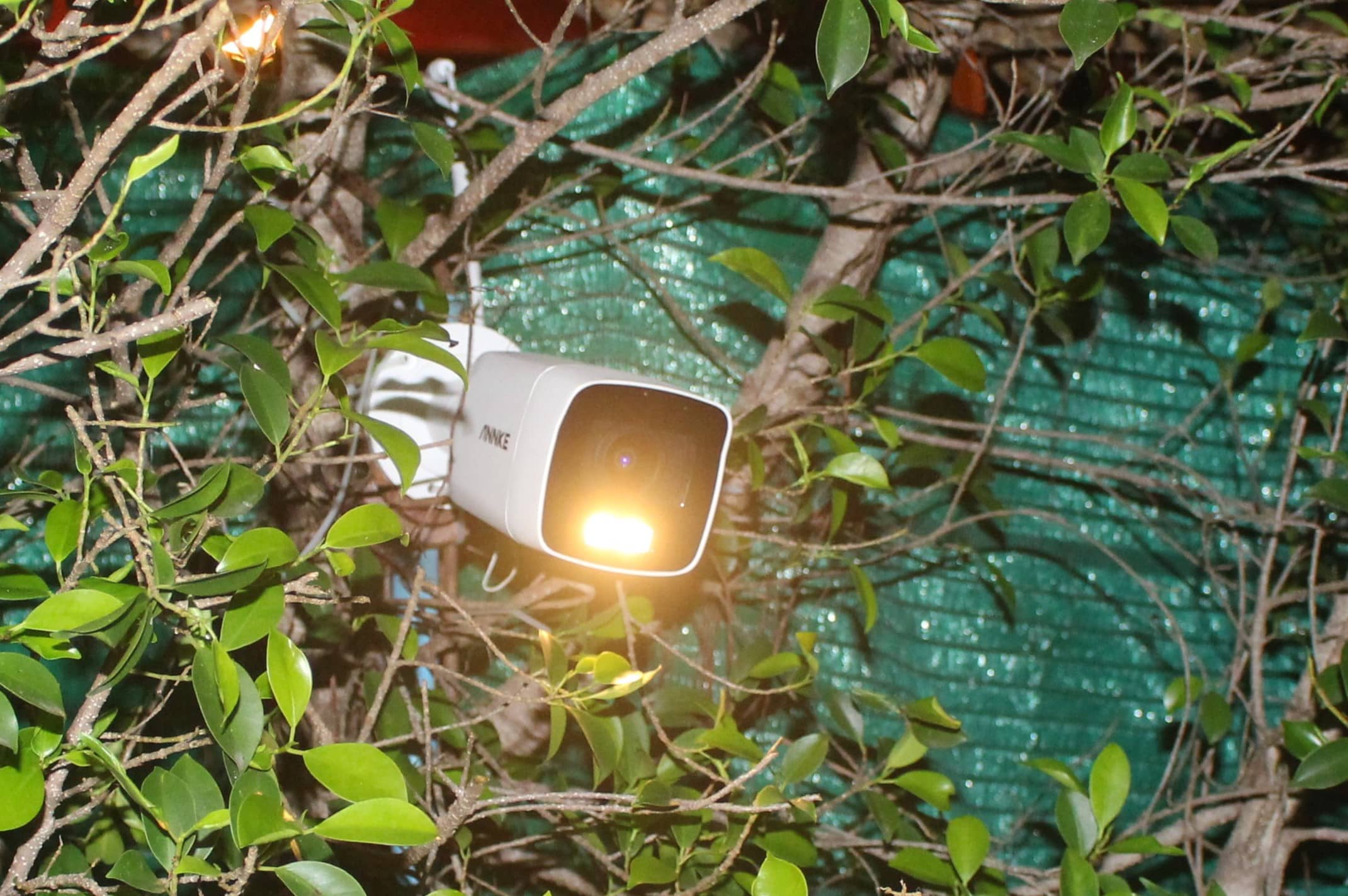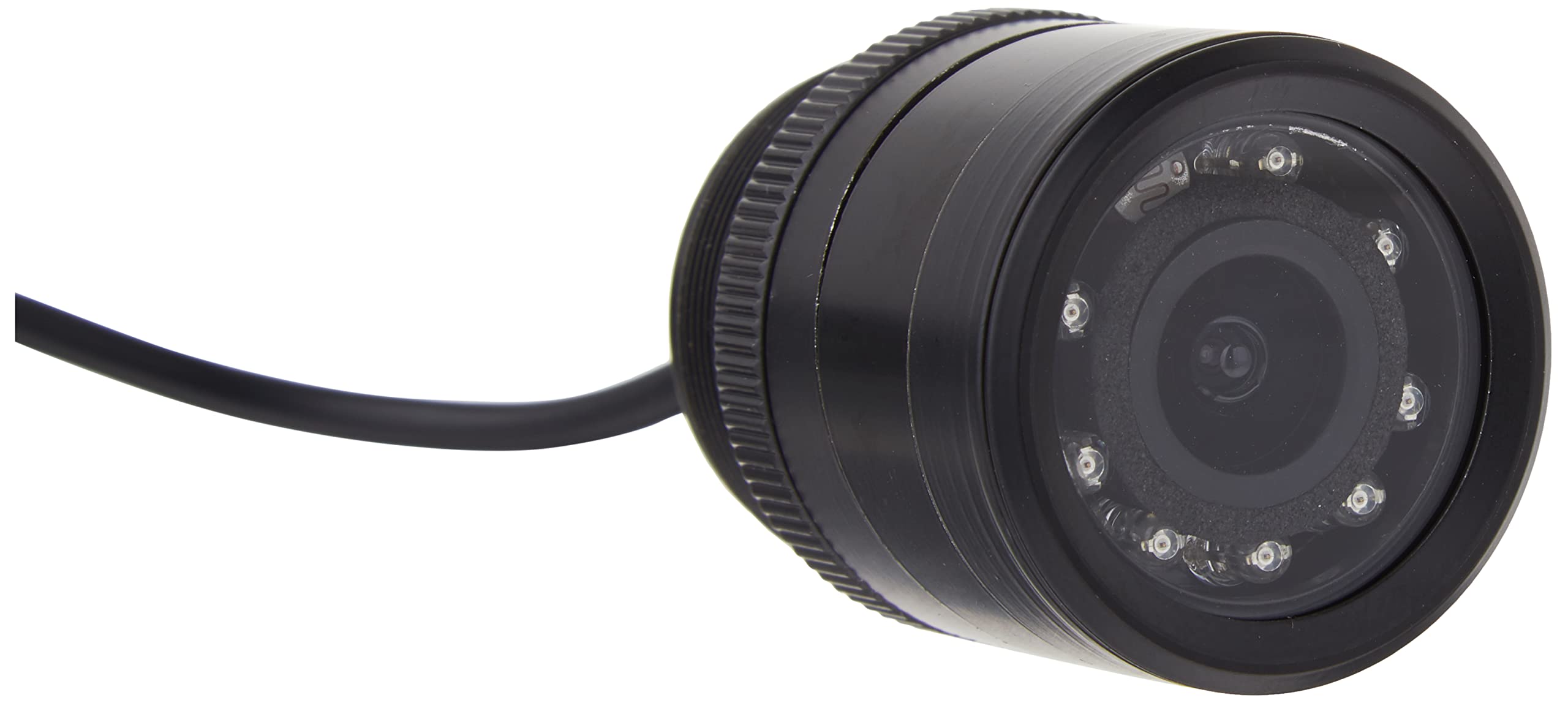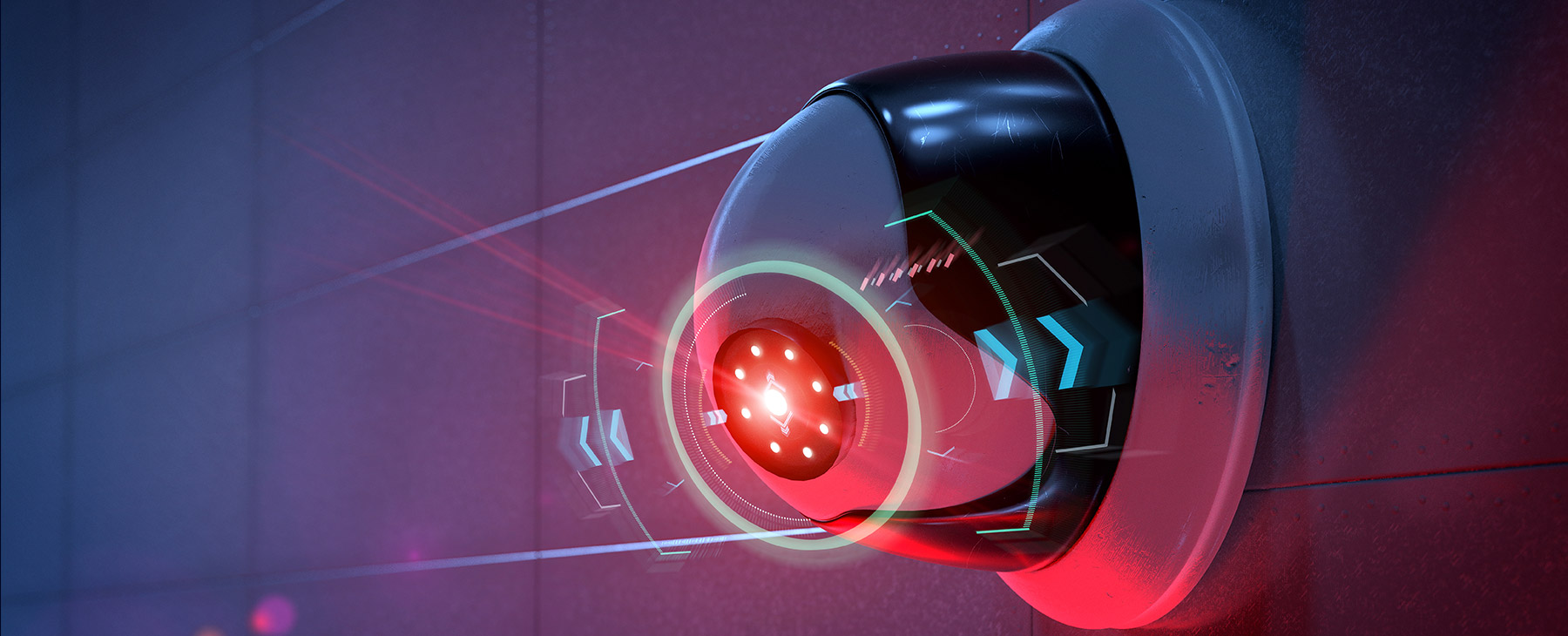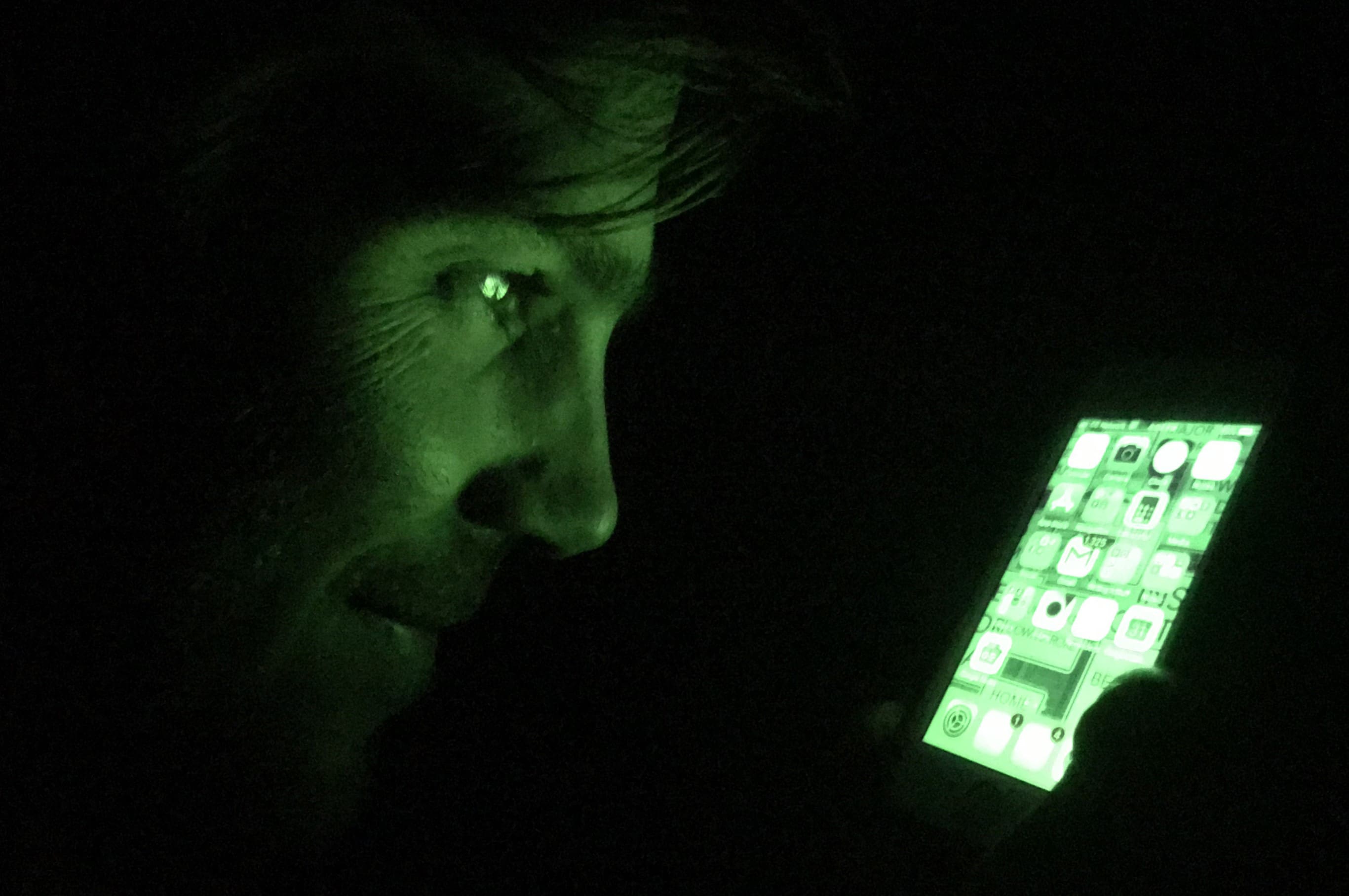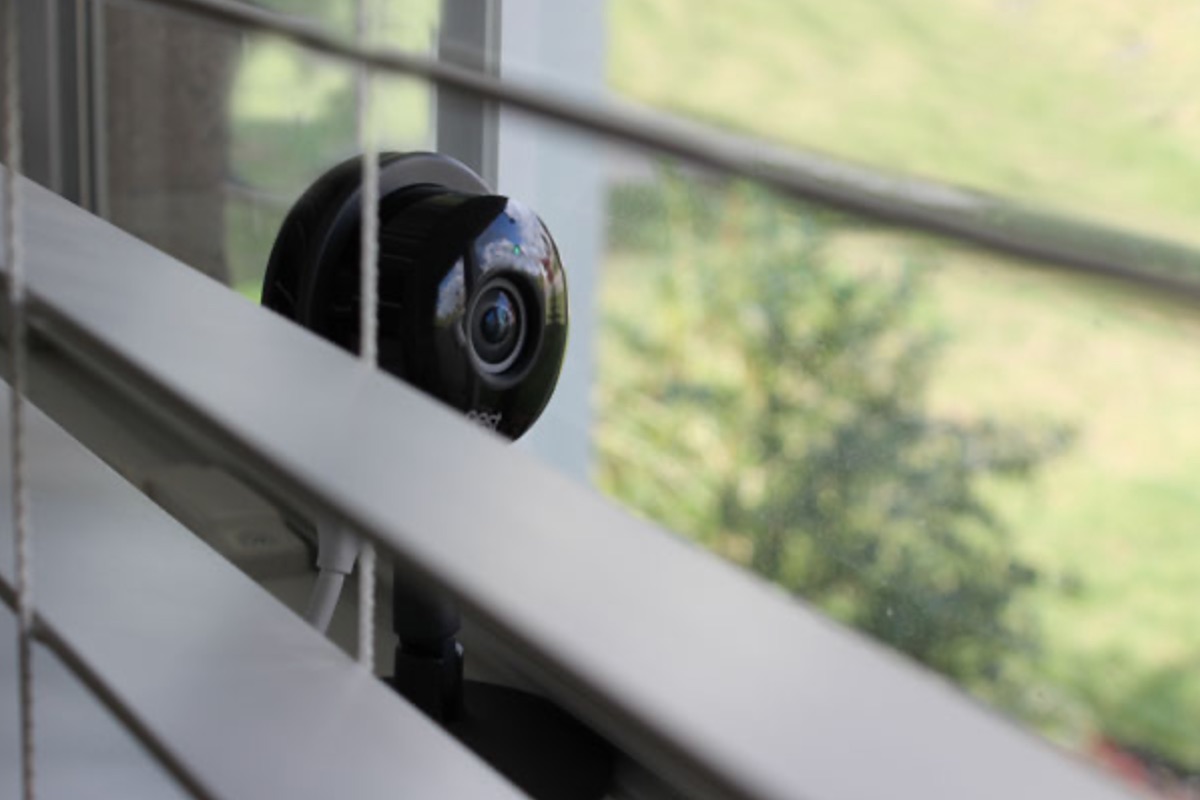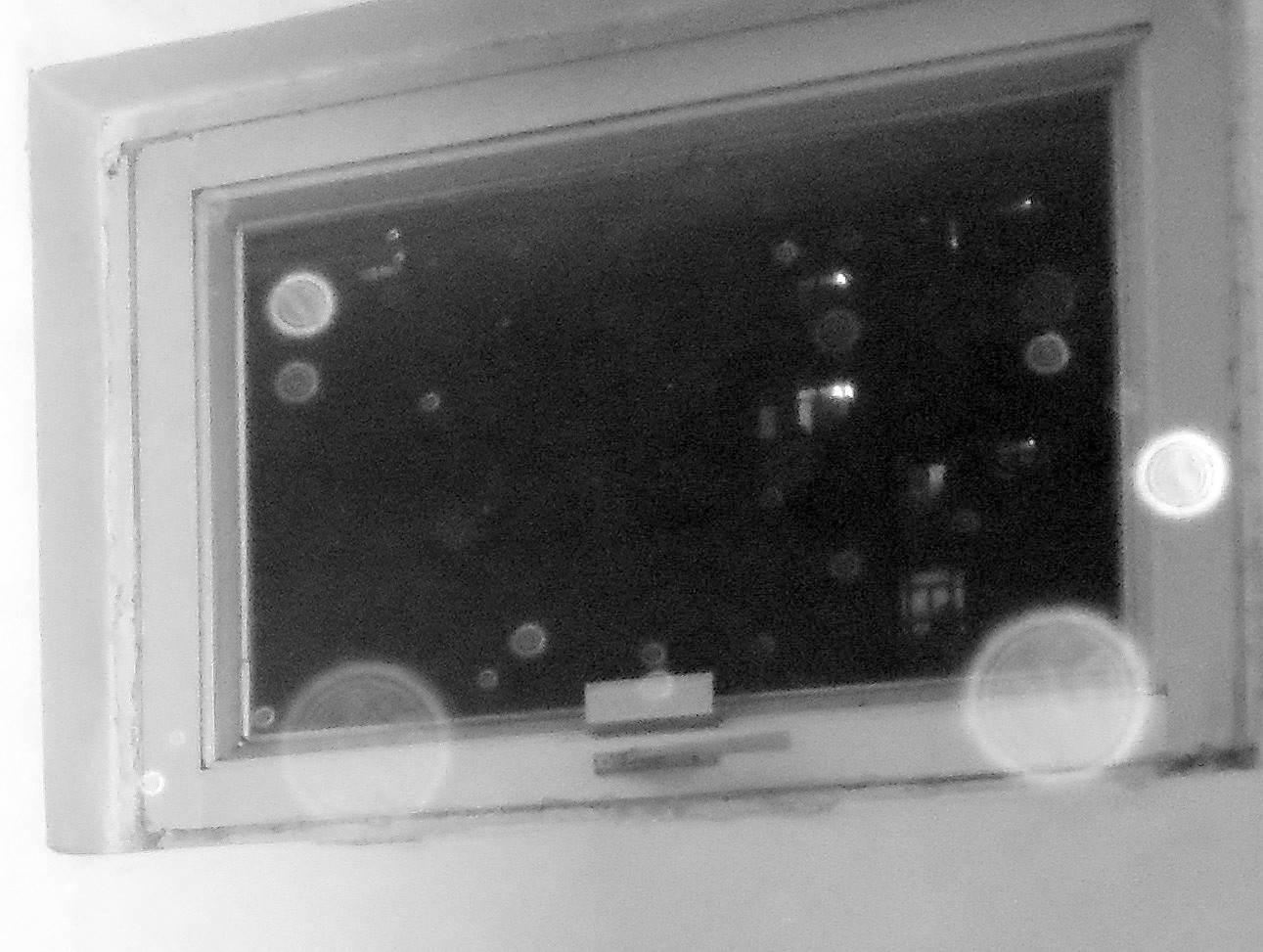Home>Home Security and Surveillance>Why Night Vision Cameras Don’t Work During The Day
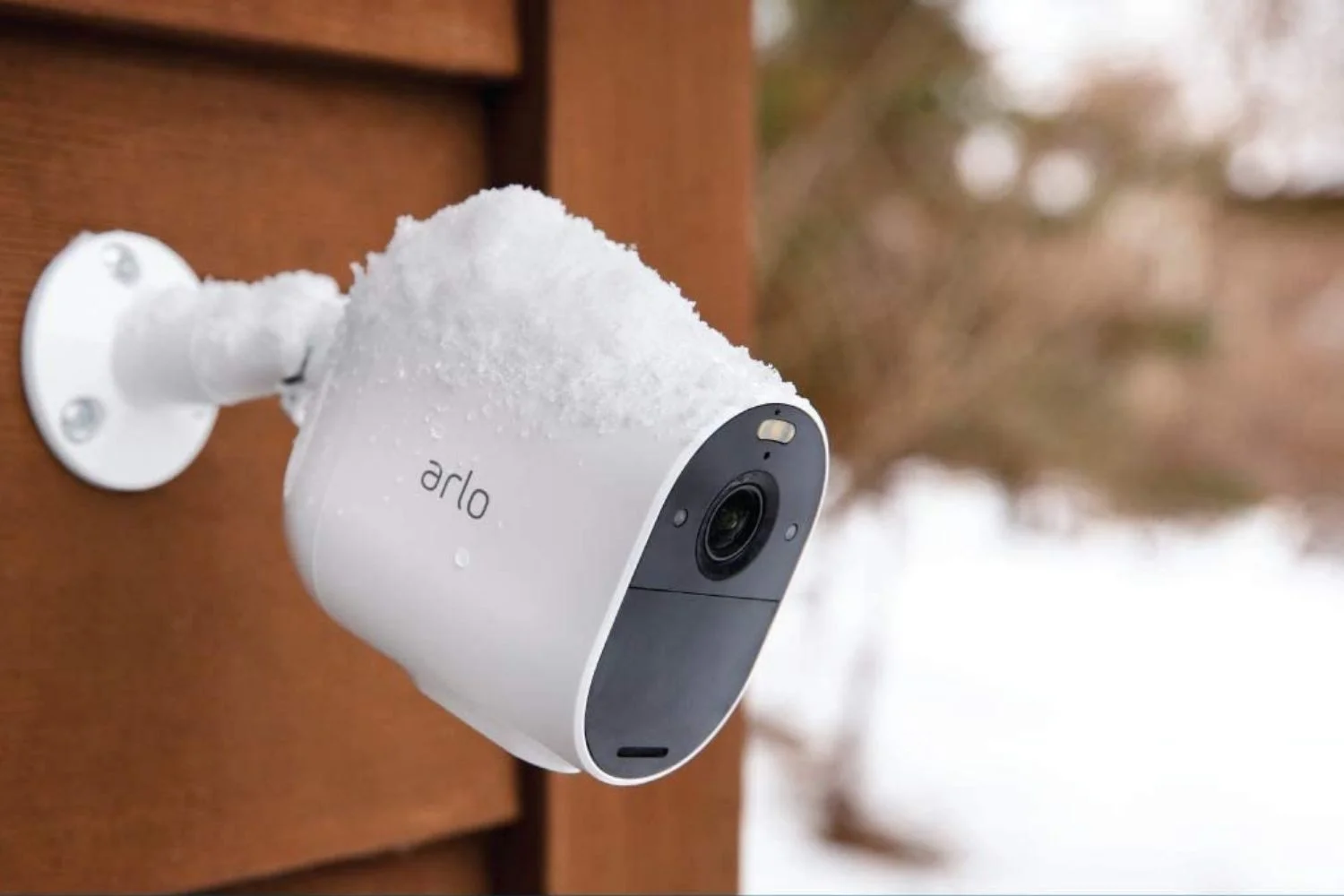

Home Security and Surveillance
Why Night Vision Cameras Don’t Work During The Day
Modified: March 6, 2024
Discover why night vision cameras fail to provide clear images in daylight. Enhance your home security and surveillance with effective solutions.
(Many of the links in this article redirect to a specific reviewed product. Your purchase of these products through affiliate links helps to generate commission for Storables.com, at no extra cost. Learn more)
Introduction
Welcome to the world of home security and surveillance, where protecting your loved ones and your property is of utmost importance. In this digital age, technology has revolutionized the way we approach security, with advanced systems and devices that can monitor and secure our homes even in our absence. One such technology is night vision cameras, which have gained popularity for their ability to capture clear images and footage even in low light conditions.
However, have you ever wondered why night vision cameras don’t work during the day? It may seem counterintuitive that a camera capable of capturing images in the dark struggles to produce clear visuals in broad daylight. In this article, we will delve into the intricacies of night vision technology and the factors that limit its effectiveness during daylight hours.
Understanding the limitations of night vision cameras during the day is crucial for homeowners and businesses looking to invest in a comprehensive security system. By gaining insight into why night vision cameras fail in daylight, we can explore alternative solutions that offer reliable surveillance throughout the day.
So, let us embark on this journey together as we uncover the secrets behind night vision cameras and their performance limitations during daylight hours.
Key Takeaways:
- Night vision cameras struggle in daylight due to overexposure, infrared interference, and limited dynamic range, making alternative surveillance solutions like IP cameras and outdoor lighting more suitable for daytime use.
- Understanding the limitations of night vision cameras during the day is crucial for homeowners and businesses to choose the right surveillance solutions for optimal security and peace of mind.
Read more: How And Why Night Vision Cameras Work
Understanding Night Vision Technology
Night vision technology allows cameras to capture clear images and video footage in low-light or even complete darkness. This technology is based on infrared light, which is invisible to the human eye but can be detected by specialized sensors in night vision cameras.
Traditional cameras rely on visible light to capture images, but in dark environments, this light is limited, resulting in blurry or indistinguishable visuals. Night vision cameras, on the other hand, utilize infrared illuminators or image intensifiers to enhance the available light and produce clear images.
There are two main types of night vision technology: thermal and image intensification. Thermal cameras detect heat signatures and create images based on the differences in temperature. Image intensification cameras amplify the existing light, including infrared light, to produce visible images.
When it comes to night vision cameras, the most commonly used technology is image intensification. This technology works by collecting the ambient light, including infrared light, and boosting its intensity before it reaches the camera’s sensor. The intensified light is then converted into visible images that can be recorded or viewed in real-time.
Understanding the basics of night vision technology allows us to dive deeper into how these cameras operate and why they may not perform optimally during the day.
How Night Vision Cameras Work
Night vision cameras are equipped with a combination of components that work together to enable them to capture clear images in low-light conditions. These components include an infrared light source, an image sensor, and an image processor.
The first component, the infrared light source, emits non-visible infrared light that illuminates the area being monitored. This light is typically in the near-infrared range, which is detected by the camera’s sensors but is invisible to the human eye.
The second component, the image sensor, is responsible for capturing the reflected infrared light and converting it into an electrical signal. This signal is then processed by the camera’s image processor.
The image processor enhances the electrical signal and converts it into a visible image. It adjusts the brightness levels, sharpness, and contrast to create a clearer and more detailed picture. The processed image is then displayed on a monitor or recorded for future reference.
It’s important to note that night vision cameras can operate in different modes, such as black and white or color. In black and white mode, the camera captures images by focusing on the contrast between light and dark, allowing for better visibility in low-light conditions. In color mode, the camera utilizes additional sensors to capture color information, which may result in better image quality in well-lit areas.
Overall, the combination of an infrared light source, an image sensor, and an image processor allows night vision cameras to effectively capture clear images in low-light or dark environments, providing enhanced security and surveillance capabilities.
The Limitations of Night Vision Cameras
While night vision cameras offer valuable surveillance capabilities in low-light conditions, it is essential to understand their limitations. These limitations can affect their performance and effectiveness in specific scenarios:
Range Limitations: Night vision cameras have a limited range in which they can capture clear images. The range can vary depending on the specific camera model and its capabilities. Outside this range, the images might become blurry or too dark to be useful for identification purposes.
Obstruction Interference: Night vision cameras are susceptible to obstructions such as fog, rain, or dust. These obstructions can scatter or absorb the infrared light, resulting in reduced visibility and image quality.
Movement Blur: Night vision cameras may struggle to capture sharp images of moving objects. The slower frame rate in low-light conditions can lead to motion blur, making it challenging to accurately identify moving individuals or objects.
Dependency on Ambient Light: While night vision cameras have built-in infrared illuminators, they still rely on some existing ambient light to produce clear images. In extremely dark environments, the cameras may struggle to capture sufficient light, leading to grainy or indistinguishable visuals.
Cost: High-quality night vision cameras can be costly, especially those with advanced features and longer range capabilities. This can be a limitation for homeowners or businesses on a tight budget who may have to compromise on certain specifications.
Awareness of these limitations is vital when implementing night vision cameras as part of a home security or surveillance system. By understanding these constraints, users can make informed decisions regarding camera placement, additional lighting options, or the need for alternative solutions, especially during daylight hours.
Tip: Night vision cameras don’t work during the day because they rely on infrared light to see in the dark, which is overwhelmed by the bright sunlight.
Why Night Vision Cameras Fail in Daylight
Night vision cameras are specifically designed to operate in low-light or dark conditions, utilizing infrared light to capture clear images. However, when it comes to daylight, these cameras may fail to perform optimally. Here are a few reasons why:
Overexposure: Daylight provides a significant amount of visible light that can overpower the infrared illumination used by night vision cameras. The excessive amount of light can lead to overexposure, causing the images to appear washed out or completely whitewashed. This happens because the camera’s sensors are not designed to handle high levels of visible light.
Infrared Interference: Infrared light exists in both natural sunlight and the artificial illumination commonly found during the day. This infrared interference can disrupt the camera’s ability to distinguish between useful infrared light and unwanted sources. As a result, the images captured by the camera may lack clarity and detail.
Limited Dynamic Range: Night vision cameras have a limited dynamic range, which refers to the range of brightness levels they can handle. Daylight scenes typically have a much wider range of brightness, from shadows to bright sunlight. This wide range can cause the camera to struggle in accurately capturing and reproducing the details in both the darker and brighter areas of the scene.
Color Reproduction: Night vision cameras are designed to capture black and white or grayscale images, which are more suitable for low-light conditions. When exposed to daylight, these cameras may not accurately reproduce colors, resulting in distorted or inaccurate visual representation.
High Contrast Scenes: Daylight scenes often involve high contrast situations, such as bright sunlight and deep shadows. Night vision cameras may struggle to capture details in both bright and dark areas simultaneously. This can lead to underexposed or overexposed portions of the image, making it difficult to discern critical details.
Considering these factors, it is important to recognize that night vision cameras have limitations when used in daylight conditions. For reliable surveillance during the day, other camera technologies or additional lighting solutions may be more suitable alternatives.
Factors that Affect Night Vision Camera Performance During the Day
Several factors can impact the performance of night vision cameras when used during daylight hours. These factors contribute to the challenges faced by the cameras in capturing clear and accurate images. Let’s explore some of the key factors:
Direct Sunlight: The intense and direct sunlight can overwhelm the camera’s sensors, leading to overexposure and washed-out images. The high levels of visible light can cause the camera’s automatic exposure mechanisms to struggle in maintaining the proper balance, resulting in image degradation.
Reflections and Glare: Daylight often results in reflective surfaces and glare, such as glass windows, shiny objects, or water bodies. These reflections can create hotspots or bright spots in the images, making it difficult to discern details in the surrounding areas. The glare can also introduce significant contrast, further impacting the camera’s ability to capture a balanced image.
Color Accuracy: Night vision cameras are primarily designed to capture black and white or grayscale images in low-light conditions. In daylight, the cameras may struggle to accurately reproduce colors, leading to distorted or inaccurate representations. This can affect the ability to identify objects or individuals based on their color characteristics.
Dynamic Range: Daylight scenes often have a broad dynamic range, encompassing shadows, highlights, and variations in lighting conditions. Night vision cameras typically have a limited dynamic range and may struggle to capture details in both the darker and brighter areas simultaneously. Consequently, some parts of the image may appear underexposed or overexposed, affecting the overall clarity and visibility.
Artificial Lighting: During the day, artificial lighting sources, such as streetlights or indoor lights, may interfere with the night vision camera’s ability to distinguish between infrared light and other light sources. This interference can lead to reduced image quality and compromised visibility.
Camera Settings: The camera settings, including exposure levels, white balance, and gain control, may need to be adjusted for optimal performance during daylight hours. Improper settings can result in subpar image quality or issues such as blurry images or incorrect color rendering.
To overcome these challenges, it is essential to consider alternative surveillance solutions specifically designed for daylight use. These alternatives may include cameras with high dynamic range capabilities, specialized outdoor lenses, or utilizing natural lighting with strategically positioned cameras.
Understanding the factors that affect night vision camera performance during the day can help homeowners, businesses, and security professionals make informed decisions when selecting the most appropriate surveillance solutions for their specific needs.
Alternatives to Night Vision Cameras During Daylight
When it comes to surveillance during daylight hours, there are several alternative solutions to consider, as night vision cameras may not provide optimal performance. These alternatives offer better image quality, enhanced color representation, and improved visibility. Let’s explore some of the popular options:
IP Cameras: Internet Protocol (IP) cameras are versatile and offer high-resolution image quality during the day. These cameras can capture clear and detailed images, allowing for easier identification of individuals or objects. IP cameras also provide various advanced features such as remote monitoring, motion detection, and video analytics.
Day/Night Cameras: Specifically designed for both day and night use, day/night cameras offer superior performance in a wide range of lighting conditions. These cameras feature an aperture control mechanism that adjusts the amount of light entering the lens, ensuring optimal image quality throughout the day, including low-light situations.
Wide Dynamic Range (WDR) Cameras: WDR cameras excel in capturing scenes with high contrast lighting. These cameras use advanced algorithms to optimize exposure, enabling them to capture details in both bright and dark areas simultaneously. The result is well-balanced images with improved visibility and reduced overexposure or underexposure.
Smart Cameras: Smart cameras combine high-resolution imaging with intelligent video analytics capabilities. These cameras can detect and analyze specific events or objects in real-time, such as facial recognition, motion tracking, or intrusion detection. Smart cameras provide a comprehensive and proactive security solution during daylight hours.
Outdoor Lighting: To enhance visibility and surveillance during the day, strategically placed outdoor lighting can be an effective solution. Well-positioned lights can minimize shadows, reduce glare, and provide consistent illumination for surveillance cameras. This additional lighting can significantly improve image quality and visibility in outdoor areas.
Professional Security Systems: For comprehensive security needs, professional security systems can offer a range of solutions tailored to specific requirements. These systems often integrate multiple cameras, advanced analytics capabilities, and centralized monitoring to provide effective surveillance throughout the day.
It is important to assess the specific security needs and lighting conditions of the area before selecting the most suitable alternative to night vision cameras during daylight. Consulting with security professionals or service providers can help determine the most effective solution for enhanced surveillance and peace of mind.
Conclusion
As we conclude this exploration into the limitations of night vision cameras during the day, it becomes evident that these cameras are specifically designed for low-light or dark conditions. While they excel in capturing clear images in such environments, they face significant challenges when exposed to daylight.
The direct sunlight, infrared interference, limited dynamic range, and color accuracy issues all contribute to the suboptimal performance of night vision cameras during the day. These limitations can result in overexposed or washed-out images, reduced visibility, and difficulty in accurately capturing and reproducing colors.
However, there are compelling alternatives to consider for surveillance during daylight hours. IP cameras, day/night cameras, wide dynamic range cameras, smart cameras, and outdoor lighting solutions offer improved image quality, enhanced color representation, and better visibility in various lighting conditions.
When selecting the most suitable alternative, it is important to assess the specific security needs, lighting conditions, and budgetary constraints. Consulting with security professionals or service providers can provide valuable guidance in choosing the right solution for effective surveillance during the day.
Ultimately, a comprehensive security system may involve a combination of different cameras and technologies to address the varying lighting conditions and security requirements throughout the day and night. By carefully considering these factors, homeowners and businesses can ensure the optimal security and surveillance of their properties and loved ones.
As technology continues to advance, it is essential to stay informed about the latest developments and innovations in the field of home security and surveillance. With the right tools and knowledge, we can create a safer and more secure environment for everyone.
Frequently Asked Questions about Why Night Vision Cameras Don't Work During The Day
Was this page helpful?
At Storables.com, we guarantee accurate and reliable information. Our content, validated by Expert Board Contributors, is crafted following stringent Editorial Policies. We're committed to providing you with well-researched, expert-backed insights for all your informational needs.
